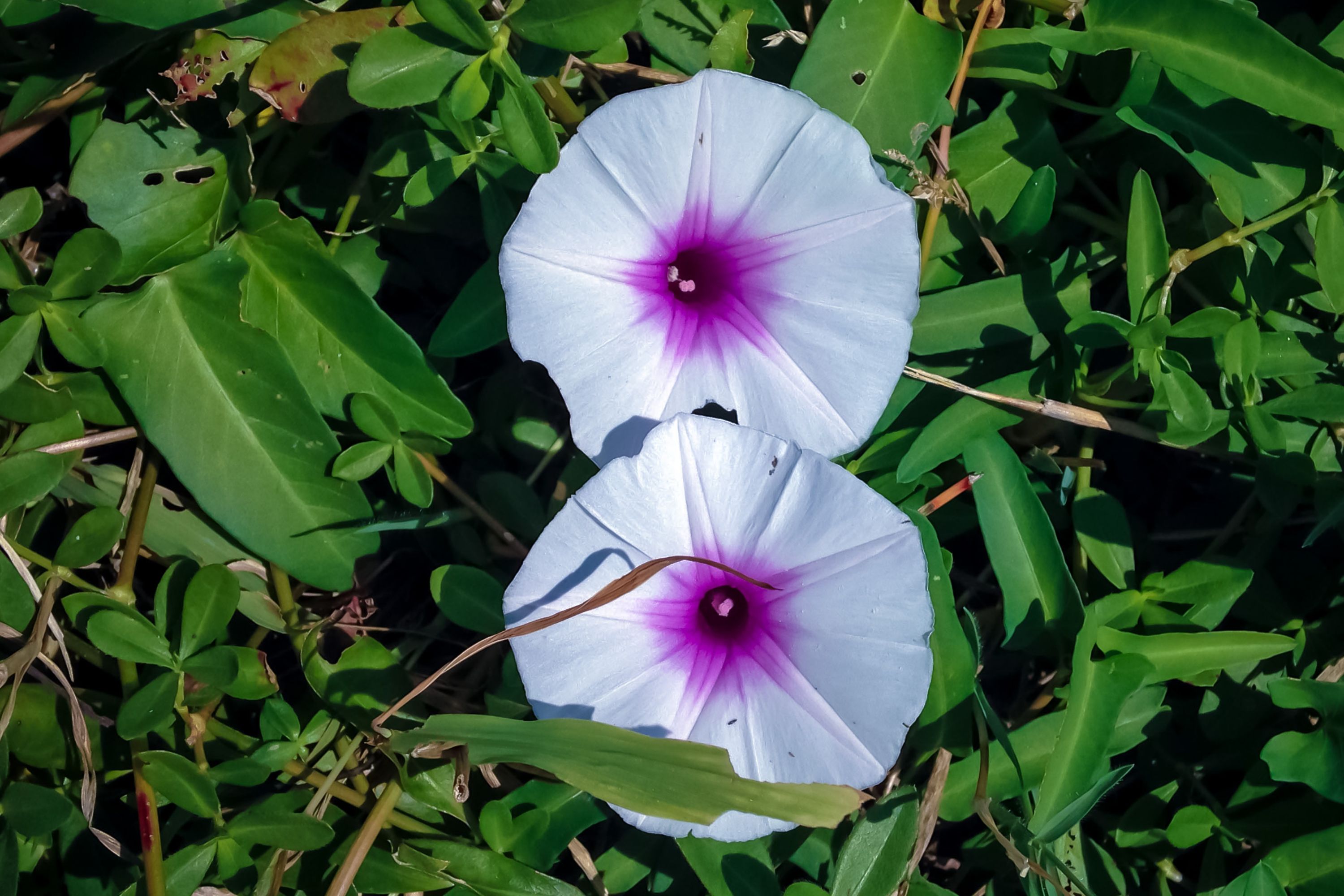Sweet potato
(Ipomoea batatas)

Description
Ipomoea batatas, commonly known as sweet potato, is a root vegetable that belongs to the Convolvulaceae family. It is one of the most important crops in tropical and subtropical regions, and it is widely cultivated for its starchy, nutritious tubers. Sweet potatoes are rich in fiber, vitamins, and minerals, and they are a good source of energy. They can be prepared in many ways, including baked, boiled, roasted, or fried, and they are used in a variety of dishes, such as casseroles, pies, and fries. Taxonomy and Nomenclature: The sweet potato belongs to the genus Ipomoea, which includes more than 500 species of flowering plants. The species name, batatas, comes from the Taíno word "batata," which means sweet potato. Sweet potato is also known by other common names, such as yam, kumara, and camote, although these names can be confusing, as they may refer to different species or cultivars of sweet potato. Distribution and Habitat: Sweet potato is native to tropical America, where it has been cultivated for thousands of years. It was domesticated by pre-Columbian civilizations in Central and South America, and it was later introduced to other parts of the world, including Africa, Asia, and the Pacific Islands. Today, sweet potato is widely grown in warm and humid regions, particularly in Africa and Asia, where it is an important food crop. Sweet potato is a hardy and adaptable plant that can grow in a wide range of soils and climates. It prefers well-drained sandy loam or clay loam soils, with a pH between 5.0 and 7.5. It can tolerate drought, heat, and some pests and diseases, although it is susceptible to root-knot nematodes, sweet potato weevils, and viruses. Description: Sweet potato is a perennial vine that can grow up to 4 meters long. It has a slender stem that can be green or purple, depending on the cultivar and the growing conditions. The leaves are heart-shaped or lobed, and they can be green or purple as well. The flowers are trumpet-shaped, and they can be pink, purple, or white, depending on the cultivar. The sweet potato plant produces edible storage roots that can vary in size, shape, and color, depending on the cultivar. The flesh of the sweet potato can be white, yellow, orange, or purple, and it can be dry or moist, depending on the cooking method and the cultivar. The skin of the sweet potato can be smooth or rough, and it can be white, yellow, orange, or purple as well. Cultivation: Sweet potato is propagated vegetatively, by planting whole or cut pieces of the storage roots or by using vine cuttings. The planting material should be healthy and disease-free, and it should be planted in well-prepared soil, with adequate spacing and depth. Sweet potato can be grown as a monoculture or in intercropping systems, with other crops such as maize, beans, or cassava. Sweet potato requires adequate water and nutrients throughout its growth cycle, particularly during the vegetative and storage root development stages. It can be fertilized with organic or inorganic fertilizers, and it can be irrigated with surface or groundwater sources. Sweet potato can be grown in various cropping systems, including traditional, low-input, and high-input systems. Harvesting and Post-harvest Handling: Sweet potato can be harvested after 3 to 6 months of planting, depending on the cultivar and the growing conditions. The storage roots should be harvested carefully, to avoid damage or bruising.
Taxonomic tree:







